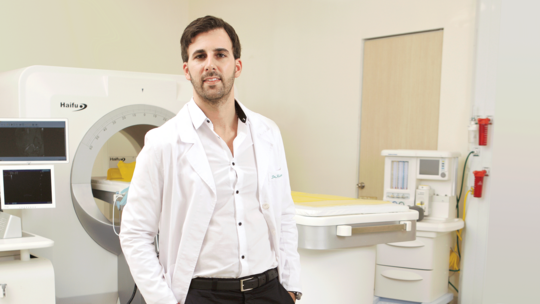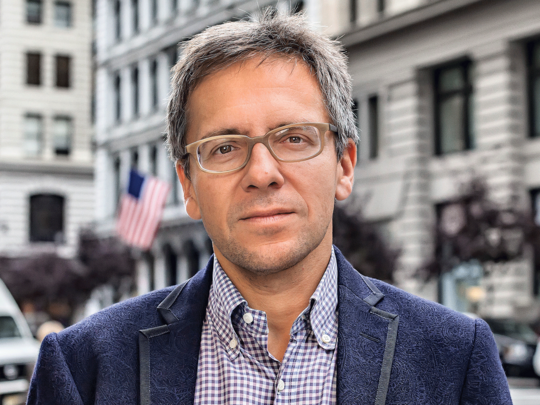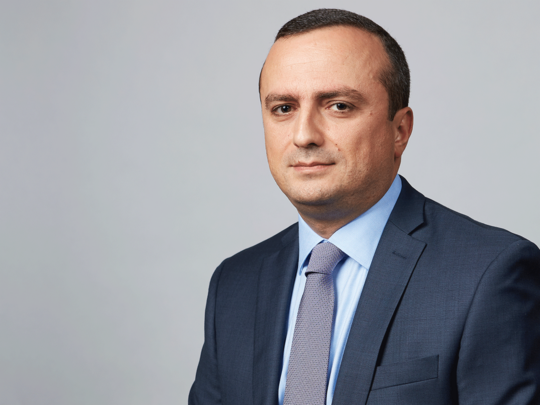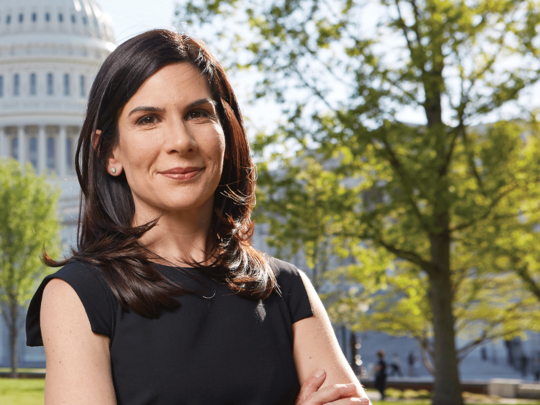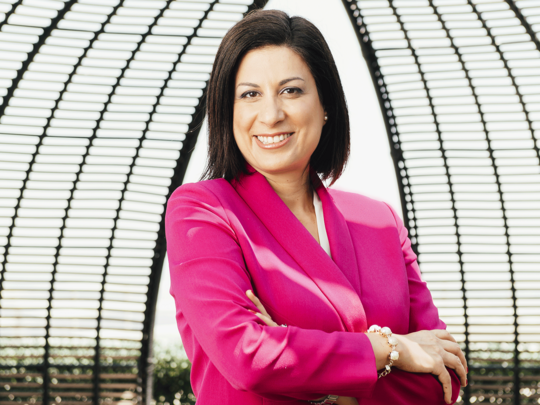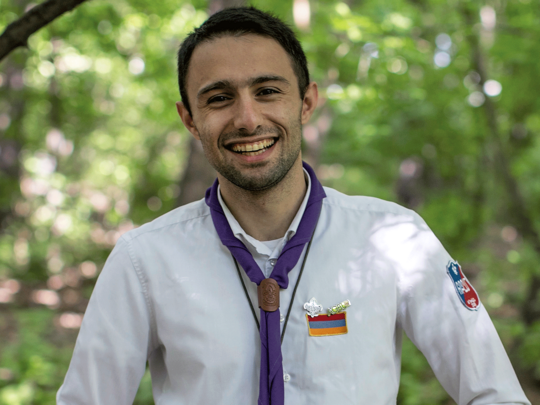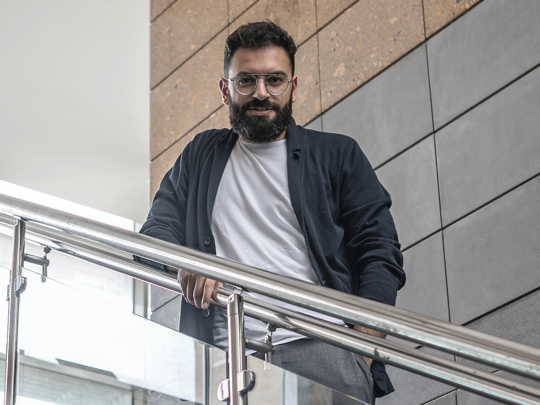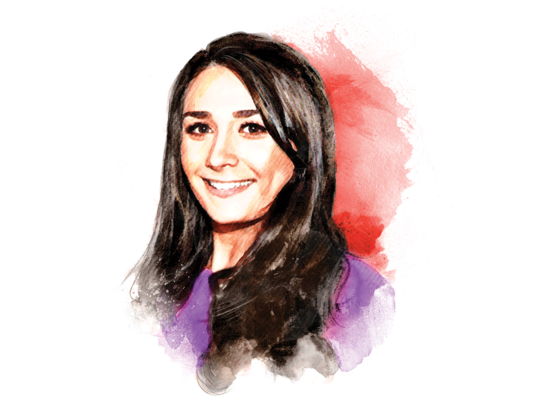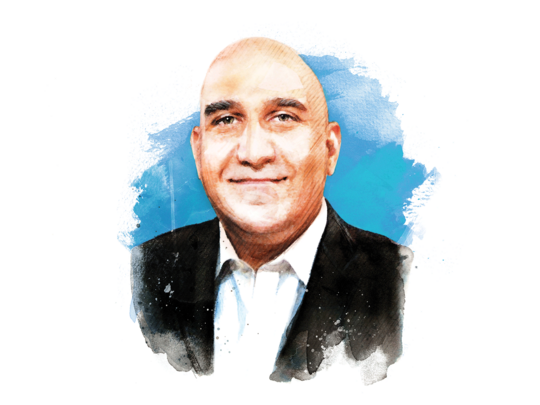The status quo has never been acceptable for Dr. Federico Keten. As Director of the Victoria Irene Ishii Oncological Hospital in Buenos Aires, Dr. Keten is always thinking of new ways to improve quality of care and treatment of disease at the state-of-the-art hospital in the Argentine capital that offers free medical treatment to any citizen of the country. One of the main challenges he faces daily is juggling the multiple roles of both administrator and clinician. He is not only responsible for coordinating all administrative and organizational procedures but also overseeing the various medical specialties within the hospital. In addition, Dr. Keten is part of a multi-disciplinary team studying new technologies to reduce the burden of cancer in Argentina, a position for which he is widely regarded.
Q How would you describe the burden of cancer in Argentina?
A Cancer is a word that patients and family members fear. Technological breakthroughs related to medicine worldwide, however, have advanced in giant steps, allowing the partial or total recovery of most of these pathologies when they are detected early, offering patients the opportunity to prolong both the duration and quality of their lives. In Argentina, speaking statistically, the leading forms of cancer are similar to North America, and in order according to the localization are: breast; colorectal; lung; prostate; cervix; kidney; and pancreas. During the last several years, many technological innovations have been developed that allow for the rapid diagnosis and timely treatment of these types of pathologies.
Q Among your varied roles and responsibilities, what is your current priority?
A Along with the mayor, our team recently traveled to Chongqing, China as part of an agreement to bring a promising new cancer treatment known as High Intensity Focused Ultrasound to Latin America. The procedure, widely used in Europe and Asia, involves applying a high-energy, high-frequency ultrasound beam that burns and destroys the cancerous cells to produce what is called a coagulative necrosis, without damaging adjacent tissues. As a non-invasive technique, it does not require surgery meaning that the patient’s recovery is faster, hospitalization time decreases, comorbidities and post-procedure complications decrease.
The treatment can be applied to solid tumors in the liver, pancreas, bone, kidney, the uterus and breast. While it does not replace conventional treatment, it adds therapeutic alternatives to normal chemotherapy and radiation to improve clinical outcomes for patients.
Q What is your greatest source of motivation?
A As a medical professional I feel very lucky and really proud to be part of an incredible team that works every day to improve the quality of life for our patients. It is difficult to describe what it feels like to be thanked by your patients who are so grateful for the care provided to them. Especially since the cost of the treatment we provide at the hospital is completely covered, we are able to provide the best possible care to low-income families who would otherwise not be able to afford it. It is immensely rewarding.
Q How did you first become involved with AGBU?
A Throughout my childhood, I attended the AGBU school. It was there that I discovered my ancestral roots and explored my Armenian culture and traditions. After graduating high school, I leaped at the opportunity to visit Armenia for the first time. Having spent my entire life in Argentina, experiencing the land of my ancestors was an incredible experience. Learning about our rich history and seeing how they lived had a profound impact on me. It is important for me today to stay in touch with my AGBU Community here, visiting the school and, whenever possible, participating in various events held by AGBU.
Q What are your future objectives as the Director of the Oncological Hospital?
A My goal is to continue incorporating new technologies, therapies and treatments for the management of these types of pathologies. HIFU technology is the principle one of my main objectives currently, but I am always looking for new ways to encourage the early detection of this pathology and thus provide better quality of life to patients and their families.
Banner photo by Javier Pierini.

